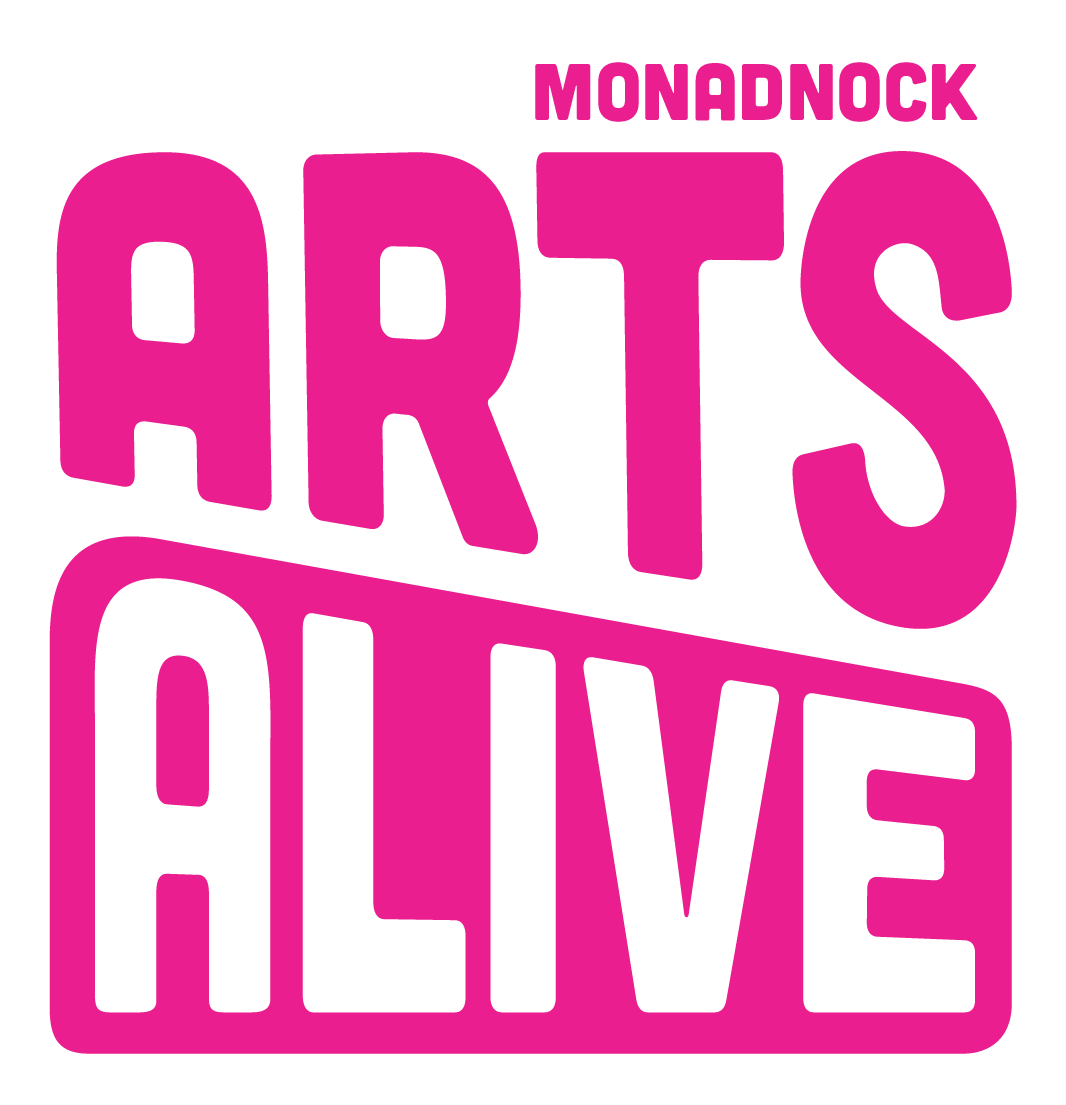How can the arts connect us and help us build relationships in these unique times?
Before the pandemic significantly limited in-person social interaction across the globe, a slew of articles had begun to come out on the “Loneliness Epidemic” hitting our nation. The federal website of the Health Resources & Services Administration says, “loneliness and social isolation can be as damaging to health as smoking 15 cigarettes a day.”
Study after study shows that there are direct health risks and mental health risks associated with being and feeling lonely.
“Loneliness is a risk factor for many mental disorders like depression, anxiety, adjustment disorder, chronic stress, insomnia or even late-life dementia (Wilson et al., 2007). Loneliness is common in the old-age group, leading to increased depression rates and suicide. It has been well-documented that long periods of isolation in custodial care or quarantine for illness has detrimental effects on mental well-being (Stickley & Koyanagi, 2016). Loneliness is proposed to break this essential construct and disrupt social integration, leading to increase in isolation. This is a vicious cycle which makes the lonely individual more segregated into his own ‘constricted’ space. Loneliness is also one of the prime indicators of social well-being (Cacioppo & Patrick, 2008).”
- Social isolation in Covid-19: The impact of loneliness, International Journal of Social Psychiatry
Today, as we look towards colder weather in the Northeast, and fewer opportunities to socially gather outdoors, how will our communities combat loneliness? Many indoor gathering places, including arts venues, are unable or not yet ready to open for community gatherings until a vaccine for the Coronavirus is widely distributed.
What does that mean for connecting with one another?
And how will our communities return to a normal that includes connecting and participating in community cultural events together?
This video is from Arts Alive!’s 2020 Arts & Culture track Radically Rural session. Three stories of how arts can be used to foster feelings of belonging are featured, and then evaluations and metrics on belonging are discussed. These stories demonstrate how arts can be a valuable part of bringing people together, bringing awareness to community stories and identities, and building relationships and confidence through arts participation. It features moderator Anthony Poore, Executive Director of New Hampshire Humanities; Barbara Shafer Bacon, Co-Director, Animating Democracy of Americans for the Arts; Rachel Balaban, dancer and Co-founder and co-director of Artists and Scientists as Partners; Catherine Stewart, playwright and Artistic Director of NH Theatre Project; HB Lozito, Executive Director of Out in the Open
Can the arts provide a solution?
Arts Alive!, since its founding has been concerned with quality of life and wellbeing in the Monadnock region - supporting those two things by ensuring a stable arts landscape. Our founding members believed strongly that arts bring communities together, harness imaginations and creativity, and provide an outlet for self-expression. Additionally, the arts can be an economic driver for downtowns and job creation through bringing people into towns for events.
Evidence for these ideas can be gleaned from many studies as well. An extensive 2018 study demonstrates that participation in artistic creative activities positively affects mental health for adults. and a systematic review of published studies between 2011 and 2016 shows that community engaged arts significantly decreases loneliness in the elderly. Not only can it build community cohesion, but a study looking at adolescent identity experiments on digital platforms discovered that not being able to express or understand one’s self-identity can also form the basis for loneliness.
Leaders who run arts and culture organizations as well as nonprofits and businesses that leverage the arts to attract attention or bring their communities together know from personal experience how vital the arts are to break down loneliness and isolation and build connectivity. In fact, that drives many of the missions of nonprofit arts organizations around the region.
The Mariposa Museum in Peterborough, NH, for example “fosters peace, global awareness, and understanding across cultural borders through compelling exhibits, programs, and regional educational partnerships.” MoCo Arts “transforms lives through movement and creative expression.” And Apple Hill “cultivates connection and understanding among people of diverse backgrounds, cultures, playing levels, and ages.”
Non-arts related nonprofits host things like “The Hairball” and “The Sneaker Ball,” businesses tell stories of community connection and impact through photography, and social service organizations integrate arts programming to build community connection, like the Creative Re[dis]covery group at the Keene Serenity Center. Even Rotary and Kiwanis groups include music and literature to build group cohesion.
In our 2016 study on the economic impact of the arts, Arts Alive! also collected demographic information on arts audiences. The income, ages, and education levels of participants in arts events did not match that of the broader community. The arts community is leaving people behind. But who, and why?
Over the course of the next year, Arts Alive! will be partnering with the Applied Psychology Department at Antioch to conduct a study on what barriers community members are facing in accessing the arts - economic, cultural, social, time, childcare, and more. It is our belief that we can find ways to improve the wellbeing of our community by helping arts organizations and arts providers to understand what brings people in and what drives people away from the arts. We will work together to address those barriers to ensure creatives have all the tools they need to reach the audiences that need them.
Our first step in the process is a community survey. We are asking businesses, community groups, and nonprofits passionate about wellbeing in our region to step up as partners to help us distribute the survey, which is almost ready for launch.
Send us an email to engage in this project:
